Advantages and Disadvantages of LEDThe Full form of LED is Light Emitting Diode. It is an example of a semiconductor diode. It is a highly doped p-n junction that emits spontaneous radiation under the forward bias. 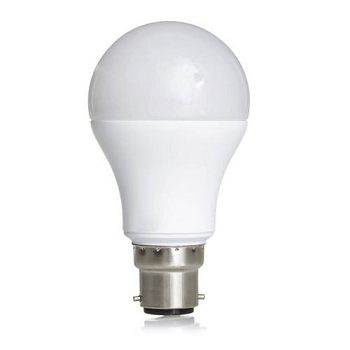
Ancient LED techniques were based on Gallium arsenide phosphide (GaAsP), Aluminum gallium arsenide, and Gallium Phosphide. Construction of LEDThe structure of the LED is made up of three semiconductors layers covered over the substrate. The P-type layer is at the top, and N-type region is at the bottom, and the central layer is known as the active region of the LED. P regions have holes in the majority, and the N-type consists of large numbers of electrons. The middle layer, which is the active region, is comprised of both electrons and holes. The N-type region is highly doped in comparison with the P-type semiconductor. Deposition of the P-type is above the N layer due to the electron-hole pair recombination towards the p area, and the p region is the present upward surface of the LED. The photons (light energy packets) are released due to the electron-hole pair combination seen from the area. If the P region is kept below the region, the Light released from the LED will not be seen. The p-type semiconductor is the thin metallic layer that gives the anode connections, and the N-type is covered with a thin gold layer that gives the cathode connections. Types of LED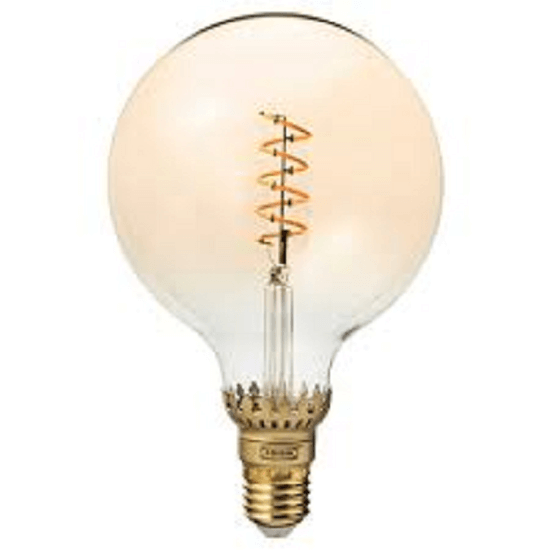
LED can be produced in various designs, shapes, and sizes according to the needs. Some of the most widely used LEDs are: 1. Through Hole LEDs Through Hole, LEDs are also referred to as leaded LEDs, and it is connected to the circuit board with two wires. It is used in components that undergo extreme temperature variations and mechanical stress. Significant features of the LED are it is budget-friendly and do not provide backward illumination. 2. Surface Mounted Diode LEDs LEDs are extremely popular for lighting and widely used in domestic households and offices. It is smaller in size, making it a suitable choice for space-limited circuit boards. It is present in different colors and packaging types. It has more numbers of pins compared to through-hole LEDs. Some features are lightweight, with less capacitance and inductance; hence, it becomes Ideal for RF applications. 3. High- Brightness LEDs High light intensity or High Brightness LEDs are the newest inorganic LEDs. It requires controlled electric current and accurate power dissipation for maximum light output. It is widely applied in signage, project displays, and architectural illumination. 4. Chip on Board LEDs It is a newly emerged LED and provides good benefits over the existing ones. Some of the features include Chip on Board LEDs because it is more efficient than SMD and takes less power. It comprises multiple chips directly connected to the substrate to do a single module. When these LEDs are packed together, they look like a lightning panel rather than isolated lights, as in the closely surface-mounted LEDs. 5. RGB LEDs It comprises different colors in one package. These multiple colors include Blue, Red, and Green. With the combination of these colors, it can produce almost every color. To produce colors of different intensities of Red, Green, and Blue LEDs greatly differs. The Pulse width Modulation signal administers the Light intensity of these LEDs. Due to the tightly packaging, the human eye can see only the final colors it produces after combining three varied colors. 6. Graphene LEDs In this kind of LED, the filament of the LED Light bulb is layered with Graphene. It is believed they are 10% more efficient than other preferred standard LEDs. Some of the features include are it has more life span, being cheap, and being easy to produce. It will have a great advantage if the graphene LEDs are replaced with regular LEDs at the commercial and industrial scale. 7. Seven Segment LEDs and Alphanumeric LEDs Seven Segment LEDs are the digital displays module that represents the numerical data. These LEDs are placed in numerical shapes. They are even called seven-segment indicators or seven-segment displays. The alphanumeric LEDs can exhibit both alphabets and numeric characters. 8. Organic Light Emitting Diode (O-LEDs) The composition of this LED can be easily understood from the name, and it suggests that it was made up of organic substances. The regular emitting diode is composed of inorganic semiconductors and has varying levels of dopings. LED displays are built using narrow sheets that form a diffused light area. It is a narrow film material that is printed over the glass substrate. Organic technology usage is increasing multifold. 9. Dimmer Switches LEDs This type of LED is seen in dimmer switches and other conventional bulbs, and the performance of dimmer switches LED is better than dimmer switch bulbs. This is the main cause why standard bulbs are being replaced with dimer switch bulbs. Applications of LED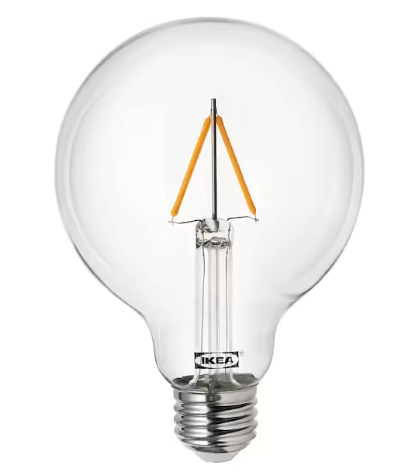
Advantages of the LED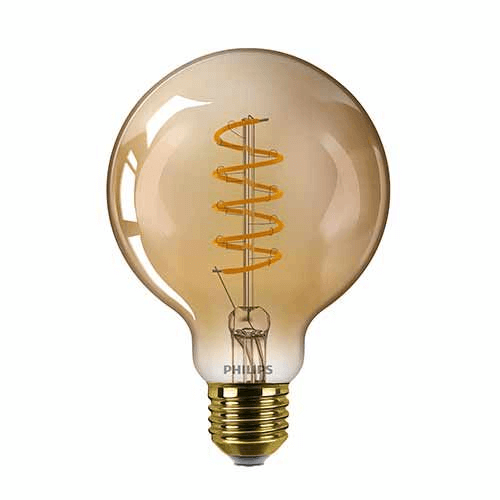
LEDs are the most preferred light sources compared to other ones. Some of the other advantages of LED are:
Disadvantages of LED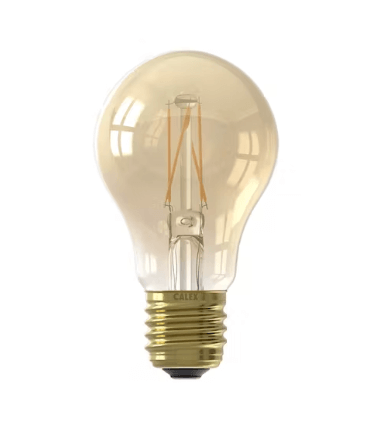
LED has many advantages, but some disadvantages exist too. Some of them are:
The quality of Light produced by the LED depends on the outside temperature. High temperatures may damage several parameters of the LED. |
 For Videos Join Our Youtube Channel: Join Now
For Videos Join Our Youtube Channel: Join Now
Feedback
- Send your Feedback to [email protected]
Help Others, Please Share










